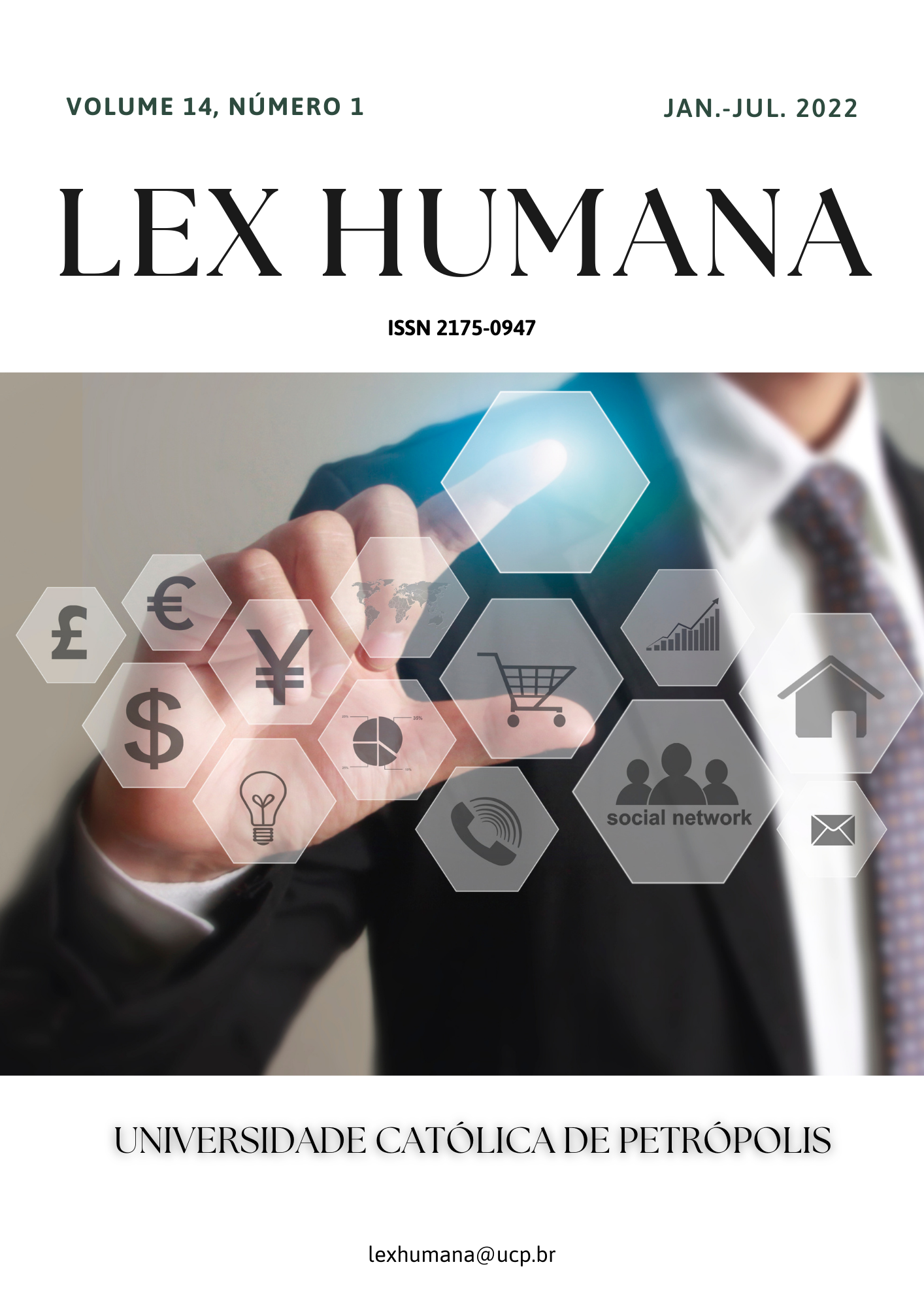Resumo
Há sempre uma tendência na lei de que não há como uma sociedade existir sem uma comissão de crime, pois uma sociedade sem crime é como um ser humano sem sangue. Mesmo que a comissão de crime tenha se tornado um fenômeno comum em uma dada sociedade, sua redução e prevenção são muito imperativas para o interesse e bem-estar da sociedade. Toda sociedade que é regulada por um esquema legítimo tem a responsabilidade de garantir a paz e a segurança desta sociedade, tomando medidas relevantes para reduzir a taxa de crimes cometidos nesta sociedade. O problema que enfrentamos aqui continua sendo que, mesmo com todos os esforços louváveis das diversas agências e órgãos de aplicação da lei na Ucrânia, ainda é praticamente difícil e impossível impedir as comissões de crimes no país, ainda existe um aumento contínuo da taxa de crimes cometidos no país. Este constante aumento das comissões de crimes tem provocado uma dúvida na mente de muitos, pois o objetivo habitual da sociedade é o da prevenção do crime. Ao responder a esta controvérsia crítica que tem cercado o estado da Ucrânia quanto aos problemas que afetam a prevenção do crime, será apropriado examinarmos algumas das justificativas apresentadas que dificultaram o estado da Ucrânia e outros oficiais da lei no combate e prevenção dos crimes no país. Portanto, é neste contexto que pensamos que algo precisa ser feito pelo Estado da Ucrânia para utilizar todas as medidas apropriadas para garantir a segurança e a ordem social na sociedade.
Referências
Alekseev, A. I., Gerasimov, S. I. & Sukharev, A. Ya. (2001). Criminological prevention: theory, experience, problems. M.: NORMA.
Babanin, S. V. (2019). Synopsis of lectures on the subject "crime prevention by the national police". DDUV S, Dnipro.
Bandurka, O. M., & Lytvynov, O. M. (2014). The structure of the process of preventive activities. Bulletin of criminological association of Ukraine, No 6, p. 10.
Bluvshtein, Yu. D. Zirin, M. I. & Romanov, V. V. (1986). Crime prevention. Minsk: Publishing House "University".
Busol, O. Organized Crime in Ukraine: Status and Problems of Implementing State Policy in the Sphere of Countering this Phenomenon. Law Magazine of the National Academy of Internal Affairs, No. 2, Vol. 18, pp. 60-71, 2019.
De Farias, Adriana M. Guimaraes, Cintra, M. E., Felix, A. C. & Cavalcante, D. L. (2018). Definition of Strategies for Crime Prevention and Combat Using Fuzzy Clustering and Formal Concept Analysis. International Journal of Uncertainty, Fuzziness and Knowledge-Based Systems, No. 3, Vol. 26. pp. 429-452. DOI: https://doi.org/10.1142/S0218488518500216
Dmytriv, V. (2018). Counteraction vectors of customs criminality in Ukraine and the world. Electronic scientific professional publication «Effective Economics», No. 1, Available at: http://www.economy.nayka.com.ua/pdf/1_2018/63.pdf
Dzhuzha, O. (Ed.) (2001). Course of criminology: general part: [textbook]: in 2 books. Book. 1: General part. K.: Jurinkom Inter.
Goloviychuk, L. T. (2013). Тhе modern problems of preventing crimes in the sphere of customs activity. Uzhhorod National University Herald. Series: Law, No. 21, pp. 21–24.
Holina, V. V. (2007). Crime prevention in Ukraine: textbook. way. H.: Nat. jurid. Acad.
Holina, V. V. (2011). Crime prevention (theory and practice): a textbook. Kh.: Nat. jurid. acad. of Ukraine.
Holovkin, B. M. (2017). The concept of corruption crime in the customs sphere. Traditions and innovations in legal science: past, present, future: materials of the International Science and Practical Conference (Odessa, May 19, 2017). In 2 volumes. V. 2. Odessa: Helvetica Publishing House, pp. 285-286.
Jere, M., Meško, G. & Kanduč, Z. (2011). Discourse about the social prevention of crime and delinquency in Slovenia. Journal of Criminal Investigation and Criminology, Vol. 62, No. 4, pp. 325-332.
Kliuiev, O. (2005). Delimitation of preventive and preventive activities of law enforcement agencies. Law of Ukraine, No. 3, p. 100.
Kudryavtsev, V. M., & Yeminov, V. Ye. (ed.). (2006). Criminology: textbook. 3rd edition. rework. and add. M., Lawyer.
Kurilo, V. I., Mikhailov, O. E., & Yara, O. S. (2006). Criminology: general part: a course of lectures. K.: Condor.
Kuts, V. (2016). Counteraction crime: essence and contents. Scientific journal of the National Academy of the Prosecutor's Office of Ukraine, No 4, Vol. 12, pp. 103–112.
Law of Ukraine № 1700-VII “On Prevention of Corruption” (October 14, 2014). Available at: https://zakon.rada.gov.ua/laws/show/1700-18?lang=en#Text
Litvak, O. M. (2001). General theoretical foundations of special criminological crime prevention. Law of Ukraine, No. 5, pp. 97-102.
Panov, I. A. (2005). Administrative jurisdiction activity of the local policeman [Dissertation, Kharkov National University of Internal Affairs]. Kharkov, Ukraine.
Rohatynska, N. (2022). General characteristics of crime in the customs sphere. Actual Problems of Law, No. 1, Vol. 29, p. 115,
Vedernikova, O. N. (2001). Theory and practice of fighting crime in the UK. M.: Ros. criminologist. assoc.
Volobuiev, A. F. (2003). Preventive activity of the investigator in the investigation of crimes: [lecture for all forms of education]. Kharkiv: Nat. University of Internal Affairs.
Welsh, B. C., & Pfeffer, R. D . (2013). Reclaiming crime prevention in an age of punishment: An American history. Punishment & Society, Vol. 15, Iss. 5, pp. 534–553. DOI: https://doi.org/10.1177/1462474513504798
Yurchenko, O. Y. (2004). Role of victim’s behaviour in the course of committing serious violent crimes against person’s life and health in Ukraine’s [Candidate dissertation, National Law Academy of Ukraine named after Yaroslav Mudriy]. Kharkiv.
Zakaliuk, A. P. (2007). Course of modern Ukrainian criminology: theory and practice: In 3 books. Book 1. Kyiv: In Jure Publishing House.

Este trabalho está licenciado sob uma licença Creative Commons Attribution-NonCommercial-NoDerivatives 4.0 International License.
Copyright (c) 2022 Lex Humana (ISSN 2175-0947)

